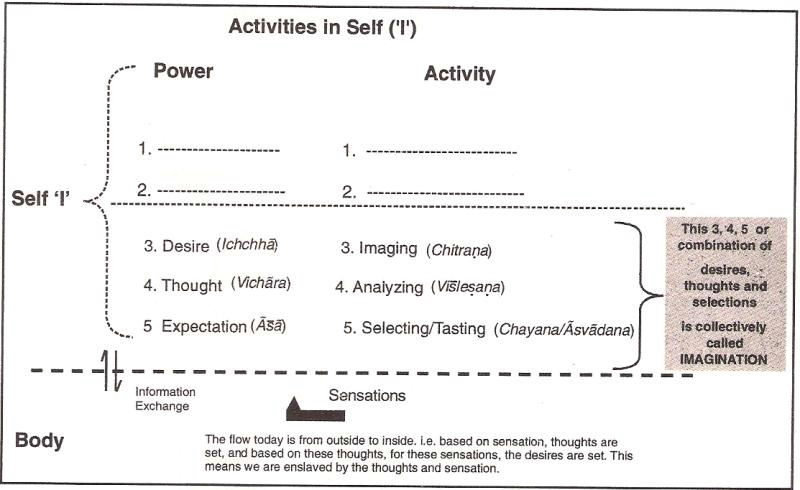SKEDSOFT
Moral Values and Aesthetic Values:
Moral Values: Moral values are acquired as a part of cultural evolution. Individual’s morals are derived from society and government. In due course the moral values may change as laws. When society moves into the modern era the earlier system of laws may vanish. Faith, loyalty, nonviolence, obedience, purity, truthfulness are examples of moral values.
Inculcation of Moral Values:
i) Parenting
ii) Peer guidance
iii) Conscience
iv) Disapproval
v) Shunning
vi) Enforcing laws
Another source of moral values is the religion. Each religion has an in-built list of do’s and don’ts. They prescribe a set of codes and principles which have a great impact on the behaviour of followers.
Aesthetic Values:
Aesthetic values are values concerned with beauty or the appreciation of beauty. They provide pleasure and happiness to the individual and are composed of feelings of heart and mind. Enjoying or appreciation of music, literature, painting, drawing, sculpture, natural scenes, paper work, modeling, etc. belong to this category of values. Particularly, children possess aesthetic impulses and express their impulses through paintings, music, modeling, etc. from their infancy. One can enjoy beauty in science as well as in poetry, sculpture and painting. Aesthetic value is concerned with questions of beauty and artistic taste.
Inculcation of Aesthetic Values:
i) By providing opportunities for extra-curricular activities and histrionic talents like music, drama, dance, recitation and other cultural activities.
ii) Exposing students to the work of artistic beauty.
iii) Role of mass media.
Imagination:
The activities of desire, thoughts and expectation at the level of self, are collectively called as imagination.
Imagination = Desires Thoughts Expectations
We all imagine, and most of our activities (in the self) today can be mostly clubbed into imagination. This activity of imagination in ‘I’ is continuous and not temporary. The power may change but the activity is continuous. The object of the taste may change but the activity of selecting/tasting is continuous. Also what
we analyze may keep changing the activity of analyzing is continuous. We make choices with the external world based on our imagination today.
